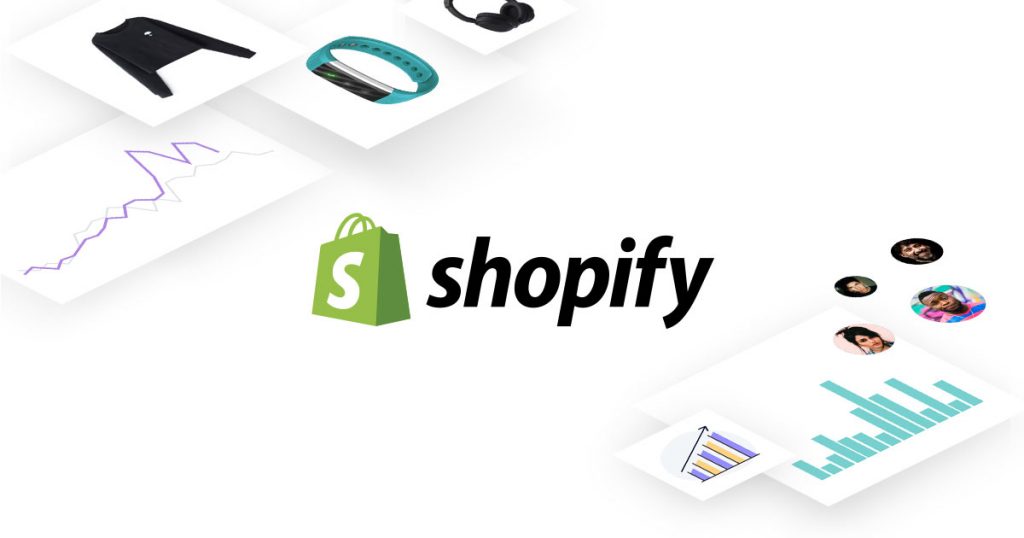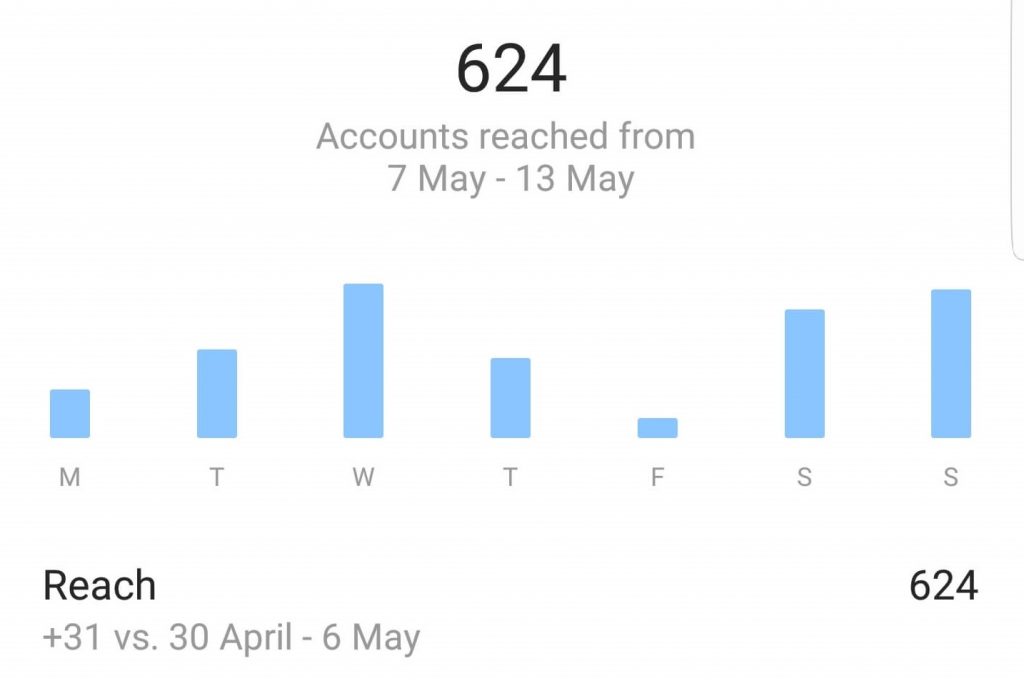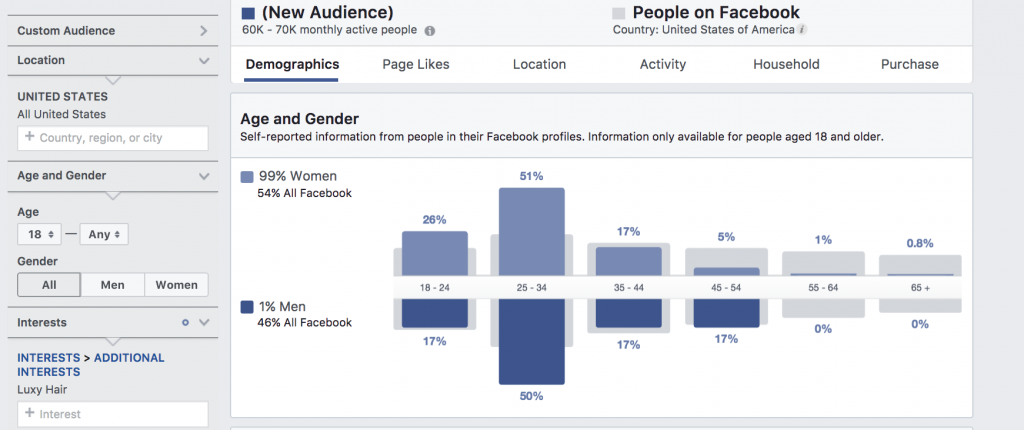
Need more sales in your eCommerce business?
Your online, eCommerce business thrives on sales and profit margins.
What can our team at adwhip do for your business?
We set up and quarterback your online sales funnel. Our team sets up the most profitable digital advertising funnel for your specific business. We have millions of dollars in ad creation and optimization experience to generate the best advertising formula.
Utilizing our techniques of A.I. and human creativity, we put your eCommerce storefront in the spotlight. Our goal is to not only get you noticed
In addition to eCommerce, we can work with you on your crowdfunding campaign as well as app and game promotion.
Our hitchhiker’s guide to increasing eCommerce sales. A brief introduction to how we can help.
eCommerce is literally taking over the world. Thanks to faster internet and fast mobile devices, selling online is in a golden era.
When opening your online store or transitioning online, there are many factors to consider, enough to write a 10,000-page book on. However, what’s most important are three fundamental factors. They are 1. platform and 2. discovery strategy and 3. re-engagement strategy.
The platform you chose to sell online is the first major thing to consider. This can be using Amazon, eBay, or even opening up your own website store using “on rails” platforms like WordPress, Wix, or Shopify. Now many of our clients use both methods, having their own store, as well as selling on large marketplaces like Amazon for additional exposure. Just keep in mind, it is always better to start with just one method at first and master it, as it can get relatively technical.

Ad Strategy
There are several strategies one can utilize for boosting online sales. Our favorite is conversion-based campaigns on both Facebook and Google.
Facebook conversion campaigns are great at isolating the right demographic to generate more sales. In addition to this, Google search ads and Google Shopping ads are great to also generate conversions. Both of these platforms allow for scalability if your market segment allows.
The difference between marketing your products on Facebook and Google is fundamental to understand. On Facebook, ads are created and displayed to individuals that meet certain variables that you select and target. While on Google, search and shopping ads are displayed to those already looking for the product and intent on purchase from the get-go.
If done correctly, both methods can be extremely effective and work in-sync with one another. Facebook has an extreme amount of options when it comes to creatives, each having specific strengths and synergies with various products. These creatives include a single image, carousel, video/slideshow, and extended ads, which turn into mini-landing pages when activated on mobile devices.
Retargeting Magic
Cold traffic is great to get initial eyes on your online storefront, but retargeting is where the real ROI is at. Our highest-performing ads are always in retargeting campaigns. We like to get creative with retargeting and create some fancy “custom audiences” (Facebook) that target individuals that showed buying intent but never pulled the trigger on actually purchasing initially. With proper retargeting campaigns, on both Facebook and Google, you can sweeten the deal with additional incentives to help the buyer finally pull the trigger on the purchase, with things like limited-time offers and custom coupon codes.
A. Mail List
Many people ask me if a mail list is worth it. For eCommerce businesses, it is. Even if you don’t have an email strategy, it doesn’t hurt to collect and organize your list for retargeting clients down the road. Just keep in mind, a mail list won’t make you rich as it did in 1999, as most mail just gets thrown into spam due to everybody being on 10^5 lists already.
B. Social Media

The only social media that is really worth your effort is building an Instagram account. This works as a way to continue engaging with customers and retargeting them with new products, coupons, and deals, similar to a mail list. I do not recommend focusing on Facebook Pages whatsoever. Pinterest is viable only if you use it in-sync with Instagram, which can get pretty time consuming and take you away from more important ROI decisions.
Audience Metrics

Perfecting your customer audience is the most important part of all digital campaigns, especially when it comes to eCommerce. However, perfecting your audience is an investment and takes time. You have to invest money and time in figuring out to whom to display your products to, at the highest ROI.
Although Google offers great machine learning capabilities, which offer keywords and other variables that help optimize shopping/search campaign for conversions, Facebook has the most intuitive audience builder out of any digital advertising platform. The secret to using Facebook’s near-omnipotent market research power is utilizing “lookalike” audiences. This can be done by setting up basic campaigns around interests, then once conversions are generated, creating lookalike audiences that “match” converting variables.
These lookalike audiences can then be deployed and further optimized to really take full advantage of digital metrics. As mentioned earlier, retargeting is a powerful tool and works well with lookalike audiences as well.
Advanced
A. Frequency
When converting sales online, there are multiple advanced metrics to consider. One of the primary ones is the frequency of impressions. This is a variable that many people overlook and refers to how many times a person sees your ad in a given period. You do not want cold viewers to see your ad more than three times per month on Facebook. If this occurs and they still do not take action, you are wasting your money on that viewer. So keep a close eye on reach versus impressions (frequency) when dealing with Facebook. This problem does not typically exist with Google search/shopping ads, as the viewer will be searching for something specific, so having a high frequency here is more of a benefit than a detriment.
B. Other Factors
When selling online, many new eCommerce owners tend to put a lot of bells and whistles onto their site, which includes spinning deal wheels, intro popups, exit popups, and every other cheap trick in the book. However, we’ve noticed that due to the fact so eCommerce shops utilize these tactics, they don’t really have a profound impact like they did years ago. Instead, visitors have adapted natural blinders built to ignore them. Most people see a popup and x-out without even reading the message.
We noticed that recently, more important than anything is site speed. Making sure you are using the right platform, right categorization, and having your site be fast and intuitive makes more difference in your eCommerce success than anything else.
Especially, when you are investing in digital ad efforts, most of which are mobile-based ads, you want your site responsive, intuitive, and fast without risking that the visitor gets frustrated and just leaves.
C. Influencers
Influencers can be a hit or a miss for boosting eCommerce sales. It all comes down to testing multiple influencers and figuring out if you want to invest in this research, as it can be costly and time-consuming.
D. Affiliate Programs
Affiliate programs and influencers work in-sync. You can join affiliate programs which allow influencers (that don’t charge a fixed payment upfront) to allow them (the influencers) to share your products to their crowds and make an automatic commission on sales, usually done through custom links or coupon codes. Shareasale.com is an affiliate marketplace you can join to make your affiliate management straightforward and simple. I recommend affiliate programs only on products that you know already do well.
E. Amazon FBA
Amazon FBA is extremely popular in 2019 and is only expected to grow further. Amazon FBA (Fulfillment by Amazon) is a business model that many eCommerce sellers are adopting. Instead of only having a private website, eCommerce sellers are setting shop on Amazon.
Beyond that, Amazon FBA allows eCommerce owners to have their suppliers (or themselves) send their inventory directly to Amazon, to fulfill and send to buyers directly from the Amazon warehouse, making the selling process much more streamlined. However, Amazon does charge a fee for this.
Amazon FBA has been shown to boost business of many eCommerce sellers exponentially. We have helped businesses promote their products on Amazon, which were Amazon FBA, through advertising efforts. The only drawback of selling on Amazon is the extremely competitive environment, where unlike selling on your own private website, Amazon actually shows competitors right next to your product, and shows those that are selling for cheaper. Because of this high competition (unless your product is one-of-a-kind), many Amazon FBA sellers just getting into FBA find it a bit difficult.
We help our clients that are utilizing Amazon FBA with an ad strategy that goes beyond Amazon ads. We use a combination of traffic generating advertising and ROI benchmarking to help FBA clients get a foothold. Beyond just selling, there is also a system of building reviews, which is a must if you want to success with Amazon FBA.
Let’s Wrap Up
Digital advertising works best when utilizing both of the top platforms – Facebook and Google (and sometimes the lesser ad platforms). There are two primary factors to your success, which are 1. getting cold views to see your optimized offer page and 2. retargeting through email, social media, and ads to either get them to commit to their first purchase or purchase again down the road.
